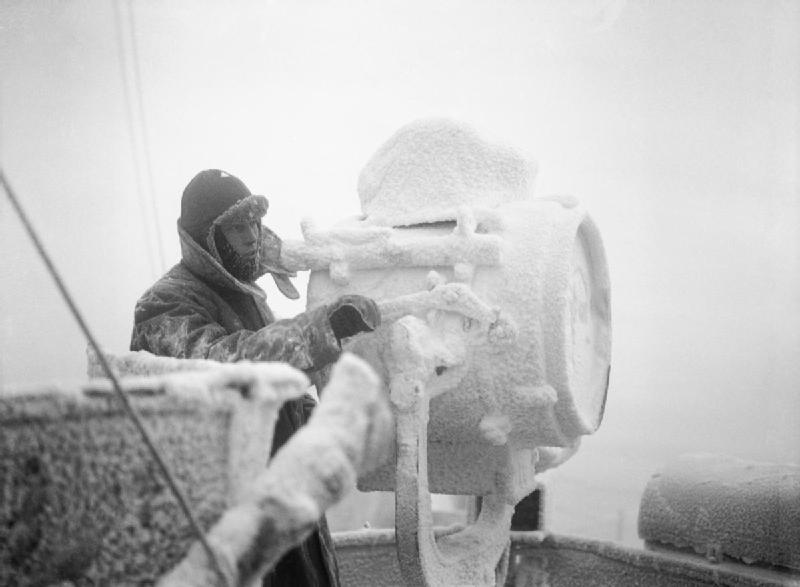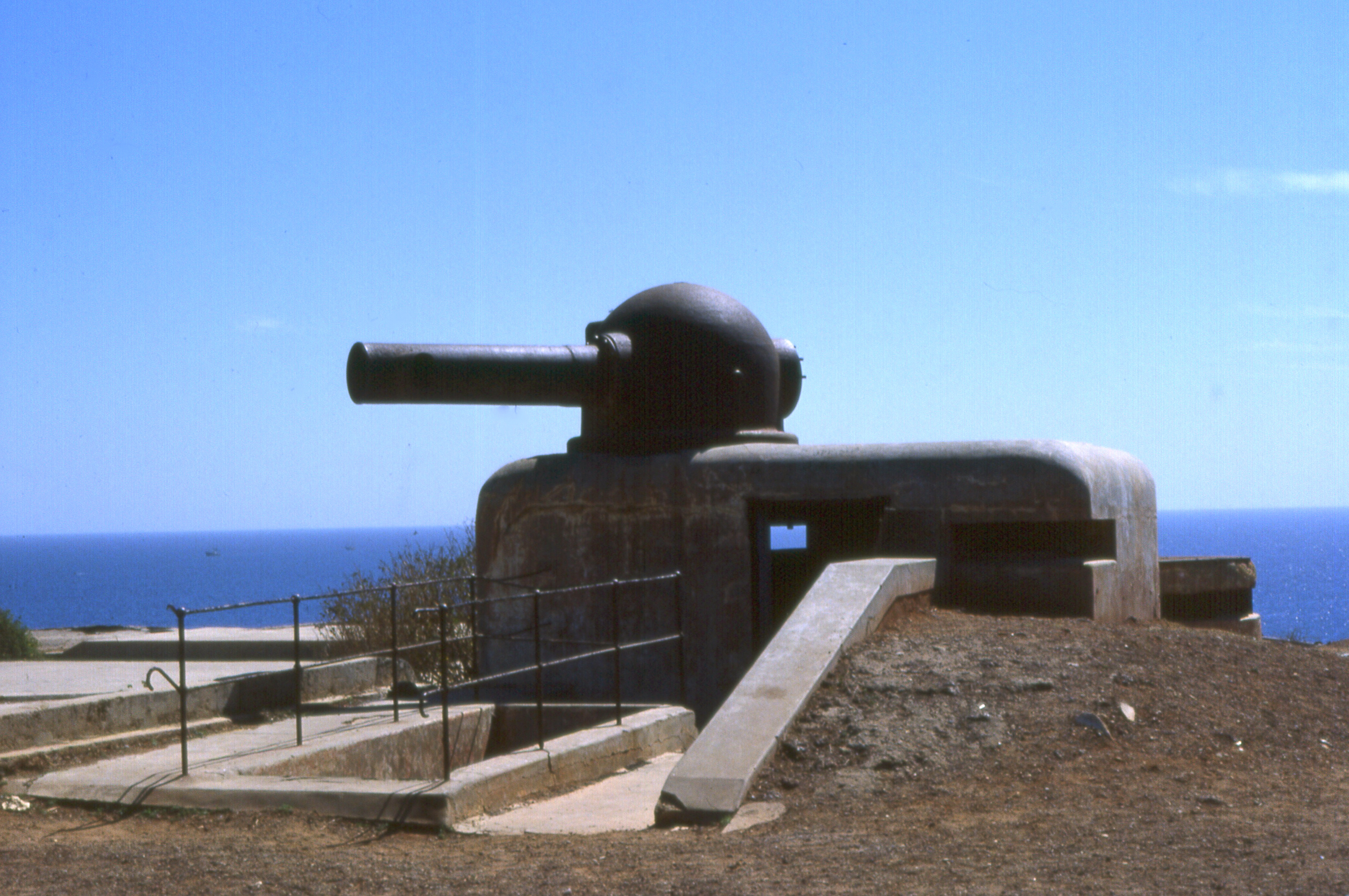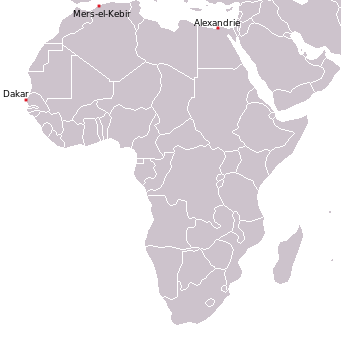|
HMS Foresight (H68)
HMS ''Foresight'' was one of nine F-class destroyers built for the Royal Navy during the 1930s. She was assigned to the Home Fleet upon completion. Unlike her sister ships, she does not appear to have been attached to the Mediterranean Fleet in 1935–36 during the Abyssinia Crisis, nor did she enforce the arms blockade imposed by Britain and France on both sides of the conflict the Spanish Civil War of 1936–1939. The ship escorted the larger ships of the fleet during the early stages of World War II and played a minor role in the Norwegian Campaign of 1940. ''Foresight'' was sent to Gibraltar in mid-1940 and formed part of Force H where she participated in the attack on Mers-el-Kébir and the Battle of Dakar. The ship escorted numerous convoys to Malta in 1941 and Arctic convoys during 1942. Later that year, ''Foresight'' participated in Operation Pedestal, another convoy to Malta. She was torpedoed by an Italian aircraft on 12 August and had to be scuttled the next day. ... [...More Info...] [...Related Items...] OR: [Wikipedia] [Google] [Baidu] |
Cammell Laird
Cammell Laird is a British shipbuilding company. It was formed from the merger of Laird Brothers of Birkenhead and Johnson Cammell & Co of Sheffield at the turn of the twentieth century. The company also built railway rolling stock until 1929, when that side of the business was separated and became part of the Metro-Cammell, Metropolitan-Cammell Carriage & Wagon Company. History Formation from merger of Laird Company and Cammell & Co. The Laird Company was founded by William Laird (shipbuilder), William Laird, who had established the Birkenhead Iron Works in 1824. When he was joined by his son, John Laird (shipbuilder), John Laird in 1828, their first ship was an iron barge. John realised that the techniques of making boilers could be applied to making ships. The company soon became pre-eminent in the manufacture of iron ships and also made major advances in propulsion. In 1860, John Laird was joined in the business by his three sons, renaming the company John Laird, Sons & Co ... [...More Info...] [...Related Items...] OR: [Wikipedia] [Google] [Baidu] |
Mediterranean Fleet
The British Mediterranean Fleet, also known as the Mediterranean Station, was a formation of the Royal Navy. The Fleet was one of the most prestigious commands in the navy for the majority of its history, defending the vital sea link between the United Kingdom and the majority of the British Empire in the Eastern Hemisphere. The first Commander-in-Chief for the Mediterranean Fleet was the appointment of General at Sea Robert Blake in September 1654 (styled as Commander of the Mediterranean Fleet). The Fleet was in existence until 1967. Pre-Second World War The Royal Navy gained a foothold in the Mediterranean Sea when Gibraltar was captured by the British in 1704 during the War of Spanish Succession, and formally allocated to Britain in the 1713 Treaty of Utrecht. Though the British had maintained a naval presence in the Mediterranean before, the capture of Gibraltar allowed the British to establish their first naval base there. The British also used Port Mahon, on the ... [...More Info...] [...Related Items...] OR: [Wikipedia] [Google] [Baidu] |
Length Overall
Length overall (LOA, o/a, o.a. or oa) is the maximum length of a vessel's hull measured parallel to the waterline. This length is important while docking the ship. It is the most commonly used way of expressing the size of a ship, and is also used for calculating the cost of a marina berth (for example, £2.50 per metre LOA). LOA is usually measured on the hull alone. For sailing ships, this may ''exclude'' the bowsprit and other fittings added to the hull. This is how some racing boats and tall ships use the term LOA. However, other sources may include bowsprits in LOA. Confusingly, LOA has different meanings. "Sparred length", "Total length including bowsprit", "Mooring length" and "LOA including bowsprit" are other expressions that might indicate the full length of a sailing ship. LOD Often used to distinguish between the length of a vessel including projections (e.g. bow sprits, etc.) from the length of the hull itself, the Length on Deck or LOD is often reported. T ... [...More Info...] [...Related Items...] OR: [Wikipedia] [Google] [Baidu] |
Displacement (ship)
The displacement or displacement tonnage of a ship is its weight. As the term indicates, it is measured indirectly, using Archimedes' principle, by first calculating the volume of water displaced by the ship, then converting that value into weight. Traditionally, various measurement rules have been in use, giving various measures in long tons. Today, tonnes are more commonly used. Ship displacement varies by a vessel's degree of load, from its empty weight as designed (known as "lightweight tonnage") to its maximum load. Numerous specific terms are used to describe varying levels of load and trim, detailed below. Ship displacement should not be confused with measurements of volume or capacity typically used for commercial vessels and measured by tonnage: net tonnage and gross tonnage. Calculation The process of determining a vessel's displacement begins with measuring its draft.George, 2005. p. 5. This is accomplished by means of its "draft marks". A merchant vessel has t ... [...More Info...] [...Related Items...] OR: [Wikipedia] [Google] [Baidu] |
Scuttled
Scuttling is the act of deliberately sinking a ship by allowing water to flow into the hull, typically by its crew opening holes in its hull. Scuttling may be performed to dispose of an abandoned, old, or captured vessel; to prevent the vessel from becoming a navigation hazard; as an act of self-destruction to prevent the ship from being captured by an enemy force; as a blockship to restrict navigation through a channel or within a harbor; to provide an artificial reef for divers and marine life; or to alter the flow of rivers. Notable historical examples Skuldelev ships (around 1070) The Skuldelev ships, five Viking ships, were sunk to prevent attacks from the sea on the Danish city of Roskilde. The scuttling blocked a major waterway, redirecting ships to a smaller one that required considerable local knowledge. Cog near Kampen (early 15th century) In 2012, a cog preserved from the keel up to the decks in the silt was discovered alongside two smaller vessels in t ... [...More Info...] [...Related Items...] OR: [Wikipedia] [Google] [Baidu] |
Operation Pedestal
Operation Pedestal (, Battle of mid-August), known in Malta as (), was a British operation to carry supplies to the island of Malta in August 1942, during the Second World War. British ships, submarines and aircraft from Malta attacked Axis powers, Axis convoys to Italian Libya, Libya, during the North African Campaign (1940–1943). From 1940 to 1942, the Axis conducted the Siege of Malta (1940), Siege of Malta, with air and naval forces. Despite many losses, enough supplies were delivered by the British for the population and military forces on Malta to resist, although it ceased to be an offensive base for much of 1942. The crucial supply in Operation Pedestal was fuel, carried by , an American-owned tanker with a British crew. The convoy sailed from Britain on 3 August 1942 and passed through the Strait of Gibraltar into the Mediterranean on the night of The Axis attempt to prevent the fifty ships of the convoy reaching Malta, using bombers, German E-boats, Italian MAS ... [...More Info...] [...Related Items...] OR: [Wikipedia] [Google] [Baidu] |
Arctic Convoys Of World War II
The Arctic convoys of World War II were oceangoing convoys which sailed from the United Kingdom, Iceland, and North America to northern ports in the Soviet Union – primarily Arkhangelsk (Archangel) and Murmansk in Russia. There were 78 convoys between August 1941 and May 1945, sailing via several seas of the Atlantic Ocean, Atlantic and Arctic Ocean, Arctic oceans, with periods with no sailings during several months in 1942, and in the summers of 1943 and 1944. About 1,400 merchant ships delivered essential supplies to the Soviet Union under the Anglo-Soviet Agreement and US Lend-Lease program, escorted by ships of the Royal Navy, Royal Canadian Navy, and the U.S. Navy. Eighty-five merchant vessels and 16 Royal Navy warships (two cruisers, six destroyers, eight other escort ships) were lost. Nazi Germany's ''Kriegsmarine'' lost a number of vessels including German battleship Scharnhorst, one battleship, three destroyers, 30 U-boats, and many aircraft. The convoys demonstrated ... [...More Info...] [...Related Items...] OR: [Wikipedia] [Google] [Baidu] |
Battle Of Dakar
The Battle of Dakar, also known as Operation Menace, was an unsuccessful attempt in September 1940 by the Allies of World War II, Allies to capture the strategic port of Dakar in French West Africa (modern-day Senegal). It was hoped that the success of the operation could overthrow the pro-German Vichy France, Vichy French administration in the colony, and be replaced by a pro-Allied Free French Forces, Free French one under General Charles de Gaulle. Background At the beginning of World War II, the French fleet in the Mediterranean was to have countered the Regia Marina, Italian Navy, thereby leaving the British Royal Navy free to concentrate on the German warships in the North Sea and Atlantic. After the Battle of France, defeat of France and the conclusion of the Second Armistice at Compiègne, armistice between France and Nazi Germany in June 1940, there was considerable confusion as to the allegiance of the various French colonies. Some, like Cameroon and French Equatorial A ... [...More Info...] [...Related Items...] OR: [Wikipedia] [Google] [Baidu] |
Attack On Mers-el-Kébir
The attack on Mers-el-Kébir (Battle of Mers-el-Kébir) on 3 July 1940, during the Second World War, was a British naval attack on French Navy ships at the naval base at Mers El Kébir, near Oran, on the coast of French Algeria. The attack was the main part of #Operation Catapult, Operation Catapult, a British plan to neutralise or destroy French ships to prevent them from falling into German hands after the Allied defeat in the Battle of France. The British bombardment of the base killed 1,297 French servicemen, sank a French battleship Bretagne#Loss, battleship and damaged five other ships, for a British loss of five aircraft shot down and two crewmen killed. The attack by air and sea was conducted by the Royal Navy, after France had signed armistices with Nazi Germany, Germany and Kingdom of Italy, Italy, coming into effect on 25 June. Of particular significance to the British were the five battleships of the and es and the two fast battleships of the , the second largest fo ... [...More Info...] [...Related Items...] OR: [Wikipedia] [Google] [Baidu] |
Force H
Force H was a British naval formation during the Second World War. It was formed in late-June 1940, to replace French naval power in the western Mediterranean removed by the French armistice with Nazi Germany. The force occupied an odd place within the naval chain of command. Normal British practice was to have naval stations and fleets around the world, whose commanders reported to the First Sea Lord via a flag officer. Force H was based at Gibraltar but there was already a flag officer at the base, Flag Officer Commanding, North Atlantic. The commanding officer of Force H did not report to this Flag Officer but directly to the First Sea Lord, Admiral of the Fleet Sir Dudley Pound. Hunt for the ''Admiral Graf Spee'' In anticipation of the outbreak of World War 2 on 3 September 1939 the German Kriegsmarine had already deployed the two heavy cruisers and as commerce raiders in the North and South Atlantic. When these ships started operating against British and French sh ... [...More Info...] [...Related Items...] OR: [Wikipedia] [Google] [Baidu] |
Gibraltar
Gibraltar ( , ) is a British Overseas Territories, British Overseas Territory and British overseas cities, city located at the southern tip of the Iberian Peninsula, on the Bay of Gibraltar, near the exit of the Mediterranean Sea into the Atlantic Ocean (Strait of Gibraltar). It has an area of and is Gibraltar–Spain border, bordered to the north by Spain (Campo de Gibraltar). The landscape is dominated by the Rock of Gibraltar, at the foot of which is a densely populated town area. Gibraltar is home to some 34,003 people, primarily Gibraltarians. Gibraltar was founded as a permanent watchtower by the Almohad Caliphate, Almohads in 1160. It switched control between the Nasrids, Crown of Castile, Castilians and Marinids in the Late Middle Ages, acquiring larger strategic clout upon the destruction of nearby Algeciras . It became again part of the Crown of Castile in 1462. In 1704, Anglo-Dutch forces Capture of Gibraltar, captured Gibraltar from Spain during the War of the S ... [...More Info...] [...Related Items...] OR: [Wikipedia] [Google] [Baidu] |








